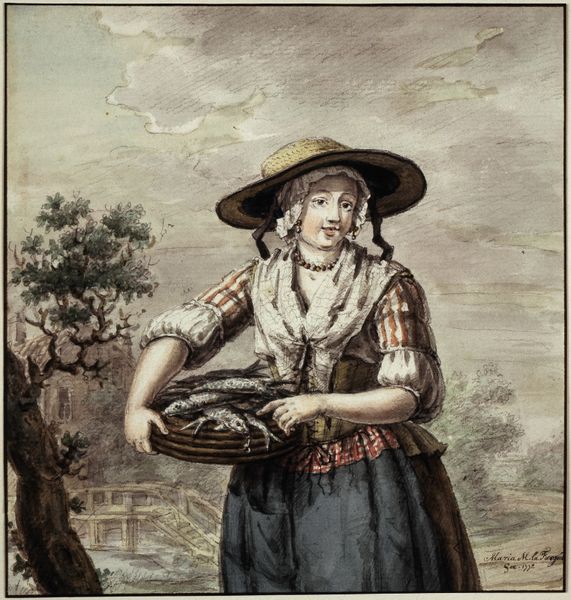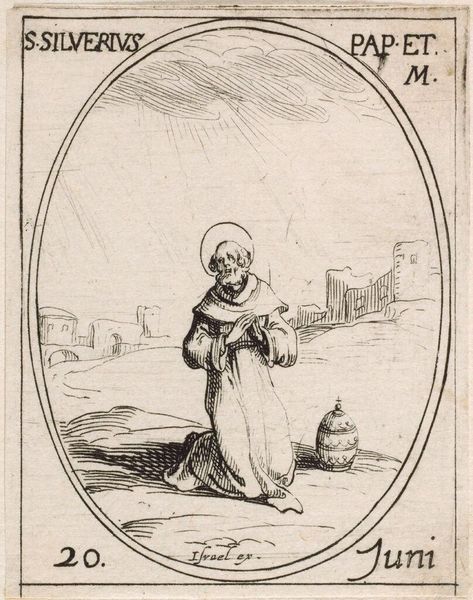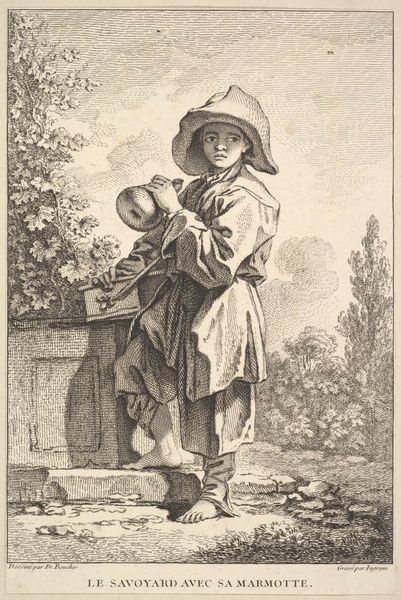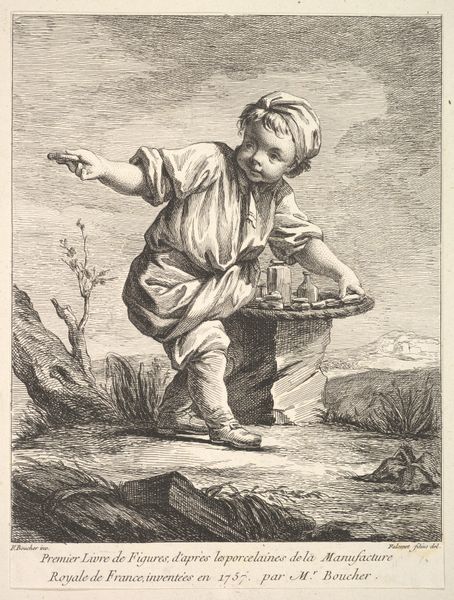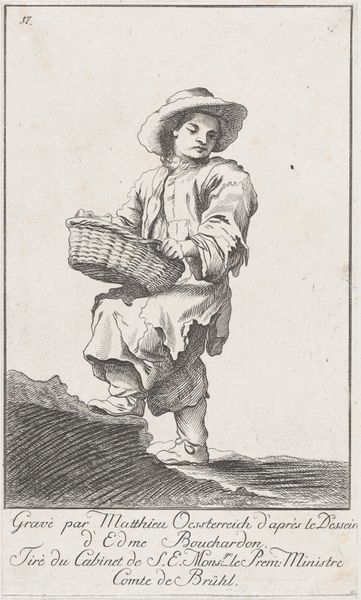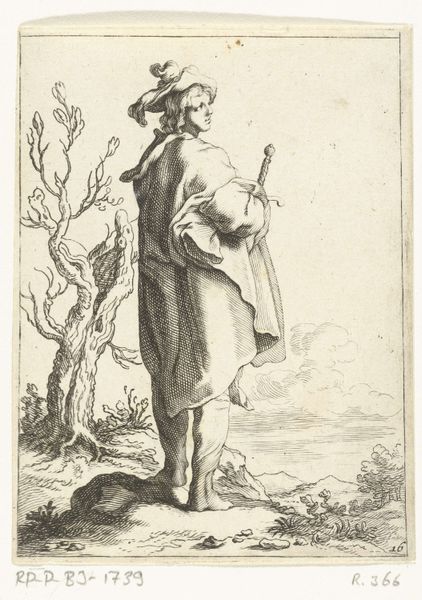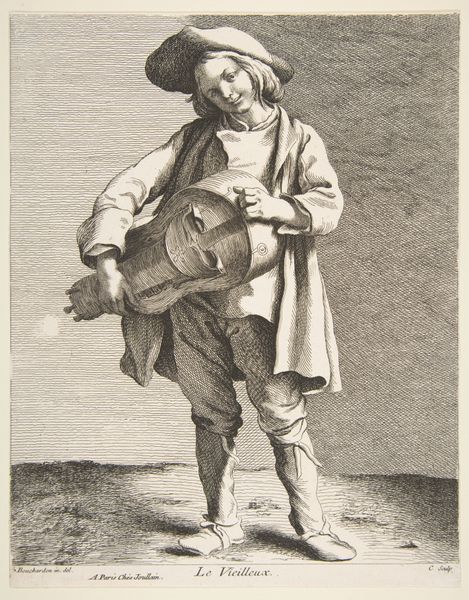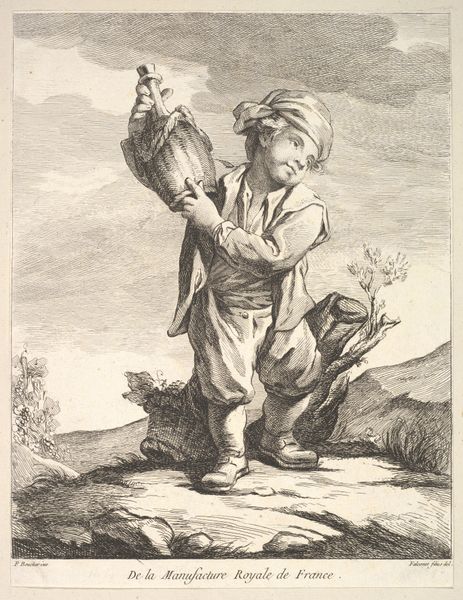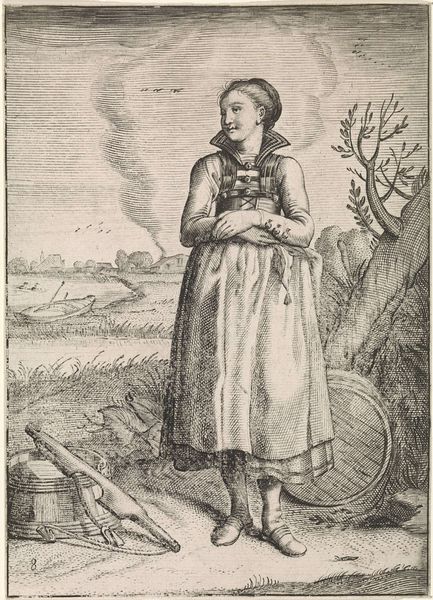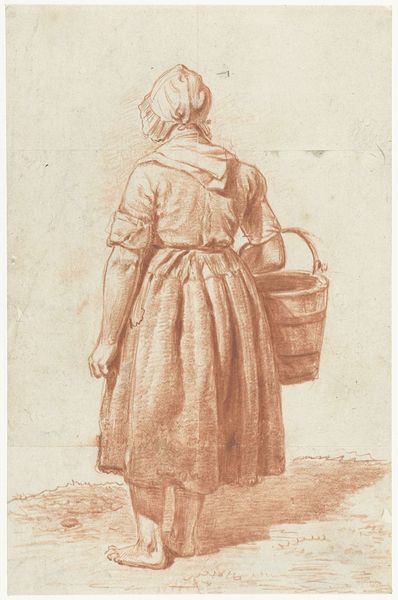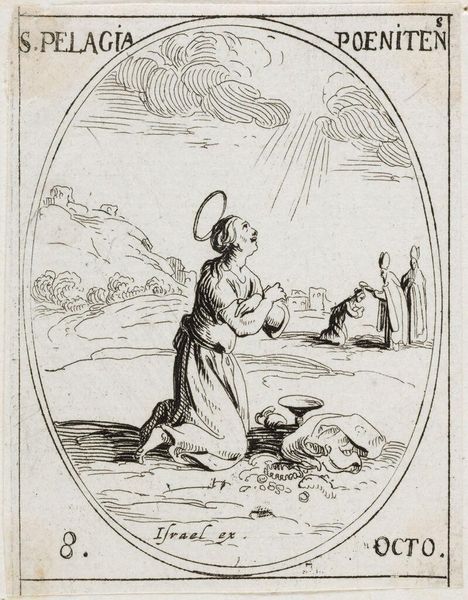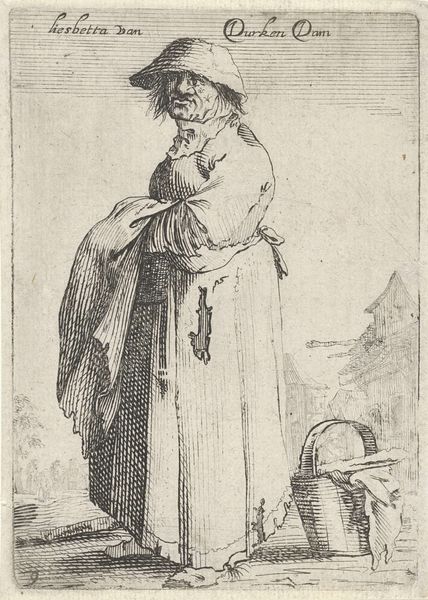
painting, oil-paint
#
portrait
#
dutch-golden-age
#
painting
#
oil-paint
#
genre-painting
Dimensions: 80.6 x 66.7 cm
Copyright: Public domain
Curator: Frans Hals's 1632 painting, "Fisher Girl," currently resides in a private collection and offers a glimpse into 17th-century Dutch life through the lens of genre painting. Editor: My initial impression is one of immediate visual dynamism. The composition pulses with raw, almost frenetic energy. The texture of the sky alone draws you in with these grey sweeps. Curator: Indeed. We should remember the social context in which Hals operated; genre painting during the Dutch Golden Age sought to represent everyday life, often with subtle commentary on the lives of ordinary people. I see this painting speaking volumes about gender and labor. This woman’s strength and apparent self-possession in the midst of what must have been harsh working conditions resonate with contemporary discussions around women’s contributions to society. Editor: That is undeniable. I see what you are referring to with the depiction of her strong, weather-beaten features that conveys both her daily life and the conditions she's been in. From a formal standpoint, Hals's characteristic loose brushwork and vibrant impasto capture her likeness with an almost startling immediacy. Look at the rough handling of the paint and its layering within her bonnet, it nearly evokes a three-dimensional depth. Curator: Absolutely, the brushstrokes are imbued with socio-economic texture. The loose, almost gestural marks mirror the fast-paced, physical nature of her work, suggesting that he saw not just a woman, but her role in society. Editor: The earth tones provide a grounded foundation which enhances the contrast with her light skin tones, a clear focal point. This creates visual interest as well as guiding you to find a path across the painting to grasp a sense of the full scene. Curator: I interpret those tonal decisions as political ones. Her working-class status is both emphasized and, dare I say, somewhat elevated. This piece stands as a historical artifact but still actively participates in broader discussions on equality and representation. Editor: In a similar manner to viewing and interpreting an old ship, it continues to remind us what once was while at the same time helping guide and point the way toward future possibilities and considerations.
Comments
No comments
Be the first to comment and join the conversation on the ultimate creative platform.
